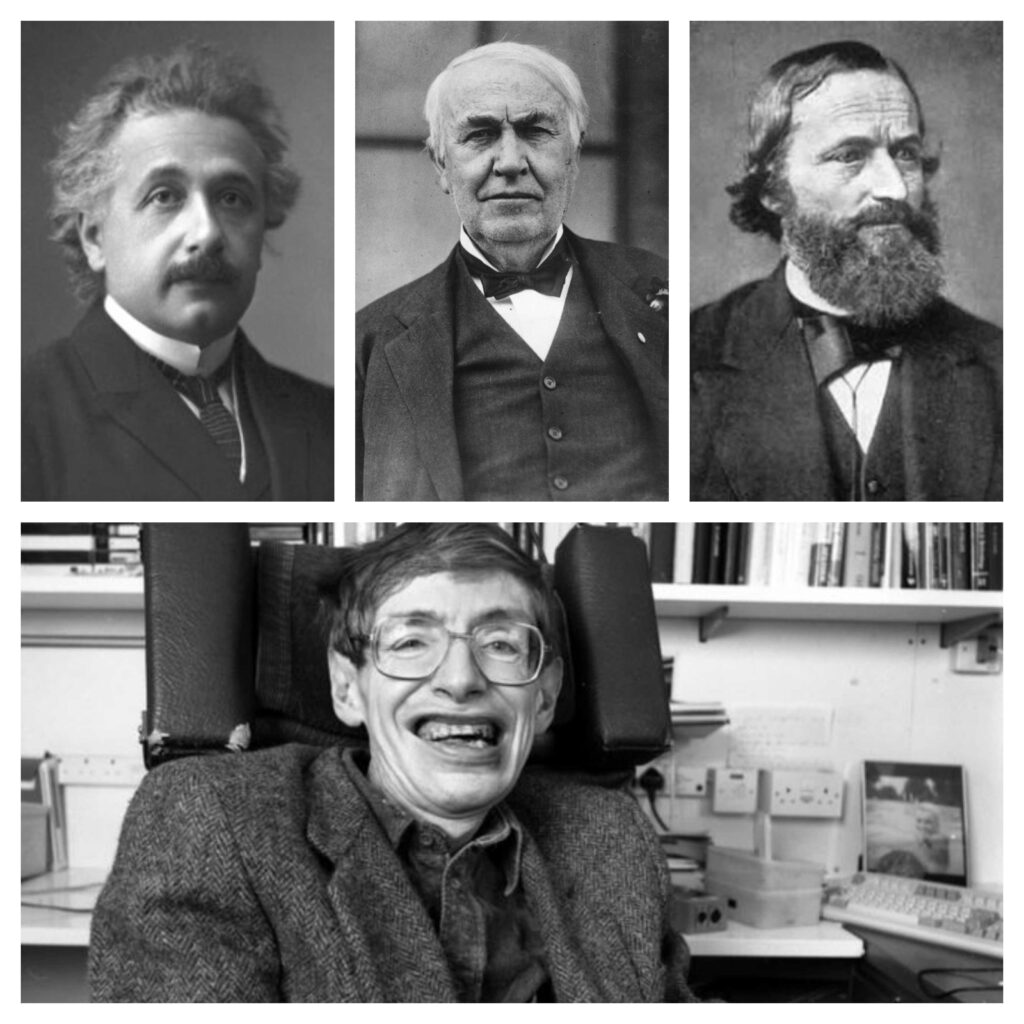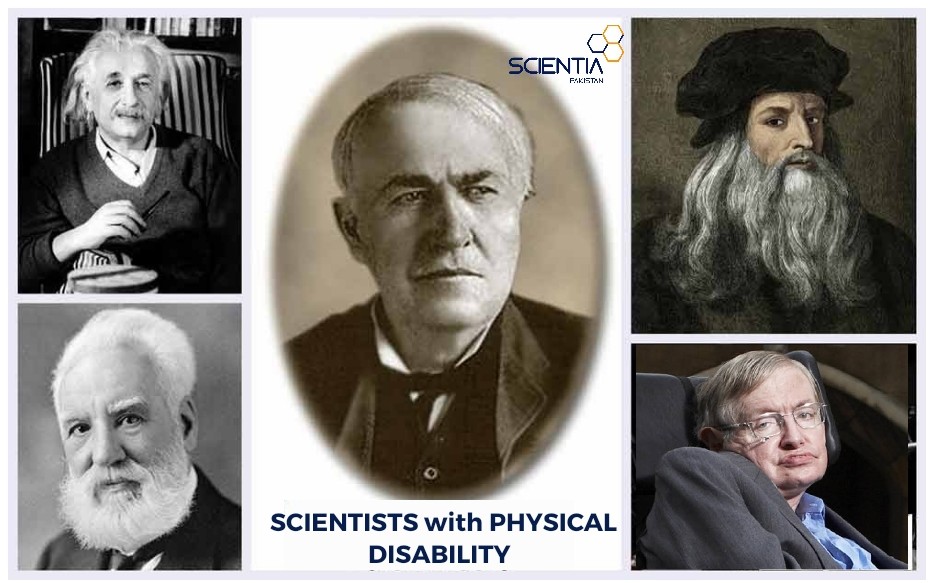Stephen Hawking, one of the most accomplished scientists of our time for whom we don’t need to scroll social media or follow science news. But what made him the scientists of the twentieth century? His scientific discoveries on the black holes and parallel universes, his dozens of books on challenging scientific topics, or his inspiration for millions of differentially abled people around the globe?
Hawking’s life was a juxtaposition of sparkling intellect and a deceased body. He was like a testament that “disability is not inability” and that differentially abled people could get anything once they hook to. Stephen Hawking caught by a debilitating motor neuron decease at the age of 21, gradually his nerve cease functioning, and he was trapped in the body, but his mind was fully active and functionally till his date on 14th March 2018. He lived around 50 years more as was early diagnosed and estimated by his doctors that he can live only two or three years. Later, Hawking was entirely dependent on a team and electric chair with a speech synthesizer to communicate to the world outside.
One of his significant contributions merely is being visible when the voice of differentially abled persons were missing in popular culture. Despite his severe disability, he made appearances in popular science shows like Star Trek and Big Bang theory, his life dramatized in “Theory of Everything,” a movie based on real-life events and his relationship with his first wife, Jane Hawking. He breathed fully and was an incredible exemplar of there being no boundary to human endeavor.
Thomas Eddison was the greatest inventor of his time. He is well-known as the ” father of electricity,” caught by the fever that ended on complete deafness of both ears. Eddison converted his medical condition into his greatest strength. He believed that his mostly silent existence helps him to wholly absorbed in his research with no external distraction.
Einstein, the genius of all time, suffered a learning disability, and could not speak appropriately until age four. In school, Einstein was often confronted by his teachers for his inability to grasp the concept. It is widely considered that he suffered through dyslexia. Alone, Einstein, and Stephen Hawking, and Eddison are enough to show that ” Physics is the heritage of the disabled.”

There remains an extensive list of scientists with disabilities includes Gustav Kirchoff, Charles Steinmetz, Edwin Krebs, John Forbes Nash, Jr(an acclaimed mathematician), Ralph Bruan, Geerat Vermeij, Farida Bedwei, and Leonardo Da Vinci. They stand as an inspiration to those who are physically perfect but unable to show enthusiasm toward their career and life.
In the modern era, millions of other scientists have been contributing to high-level scientific research around the globe with their severe disability and health conditions. Only in the United States, half million people serving in STEM have some sort of disability. Their medical conditions challenged them to tackle scientific problems uniquely and differently.
However, scientific research is barely designed to meet the basic necessities of scientists with disabilities. This situation can be understandable in Asian and third world countries like India and Pakistan, where STEM research hardly puts in Government’s’ agenda, but the fact is that differentially abled scientists have been facing hurdles in US and European countries as well. Alone in the United States, 20 percent population and 40 percent worldwide are suffering and the countdown is intensifying each day after growing cases of mental illness.
Despite the obstacles these peoples face daily in their education, research, and career moves, they are incredibly genius, hardworking and devoted to their profession and hundreds of them have demonstrated as successful only because they have access to modern technology, emotional and institutional support, and better health facilities.
In western societies, disable persons are fully getting benefits that come from their differences even a couple of scientists with mental illness have shown that thinking differently was instrumental in playing their role as a researcher. Having said that, they were able to use their creative skills with emotional weight to make case sensitive decisions with their fragile health conditions.
There are a handful of examples in Western societies that disability cannot define a person and his capabilities. The personal problems these scientists encounter daily spur them to tackle technical issues in a novel way and they were able to play their part in making this world a better place.
Also, read Life of Stephen Hawking through pictures

Saadeqa Khan is the founder, CEO, & Editor-in-Chief of Scientia Pakistan. She’s a member of the Oxford Climate Journalism Network (Second Cohort) and NASW. Saadeqa is a fellow of NPF Washington, The Falling Walls Foundation, and the Science Journalism Forum. Saadeqa has won several international journalism grants and awards for her reports.

